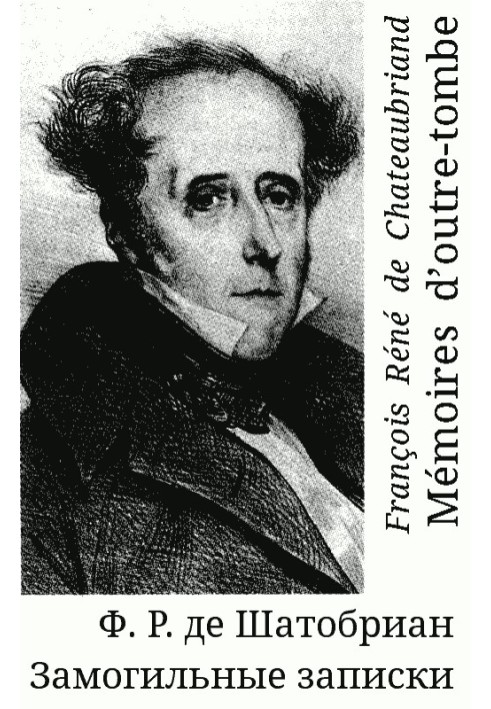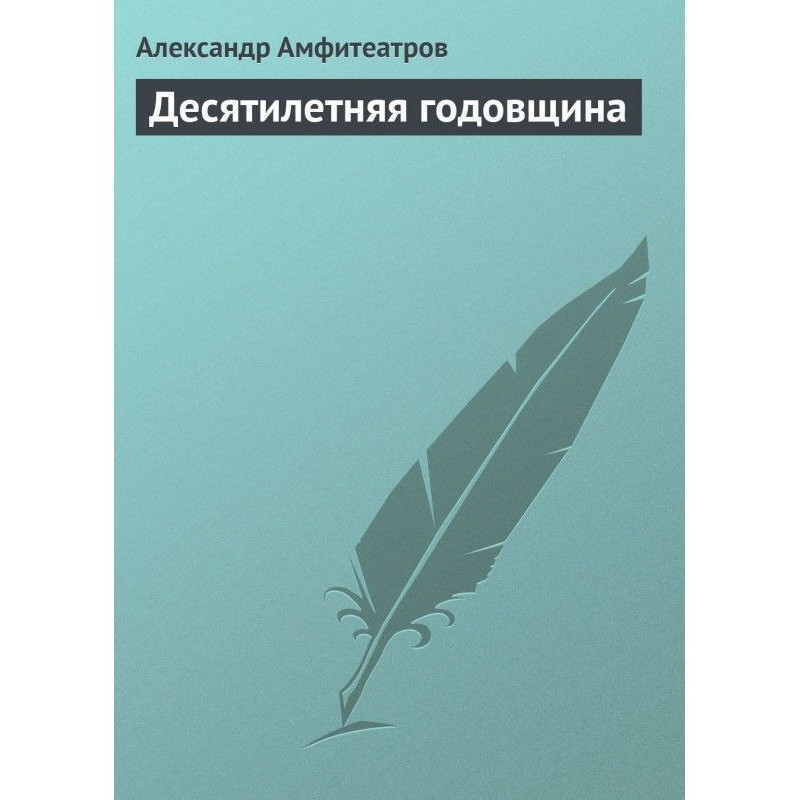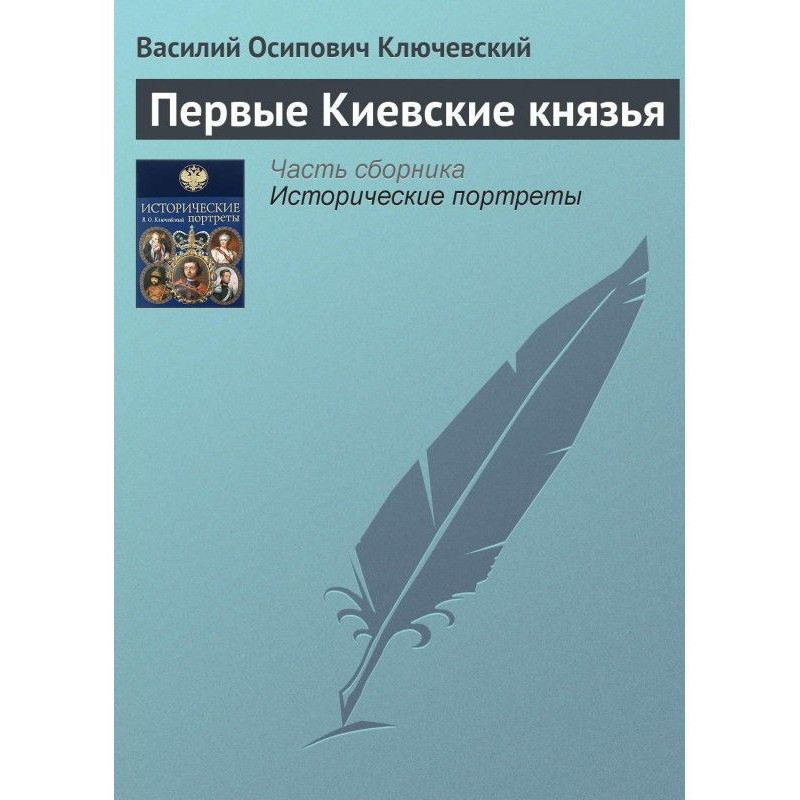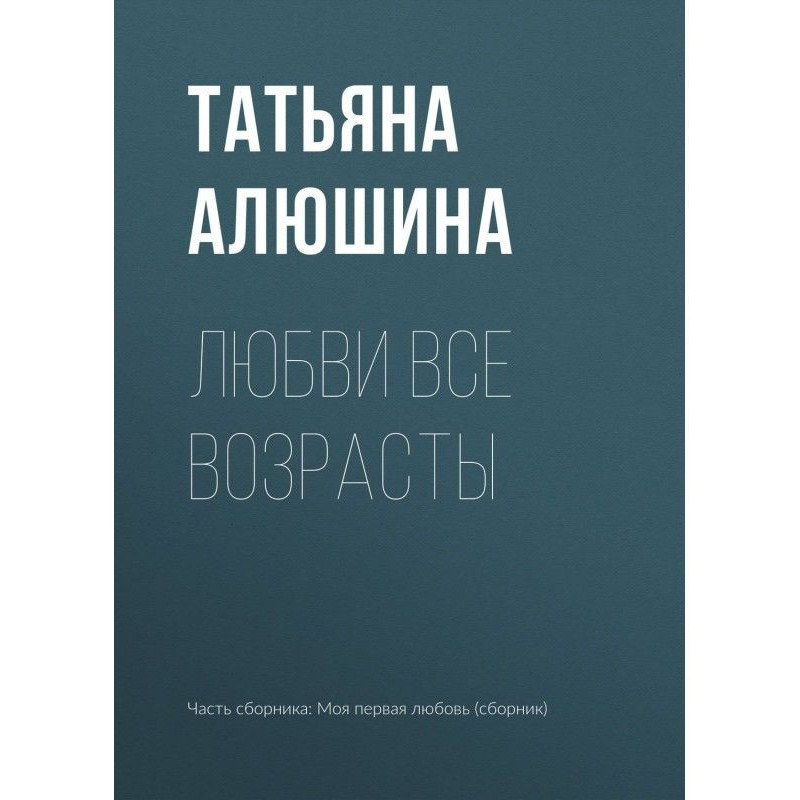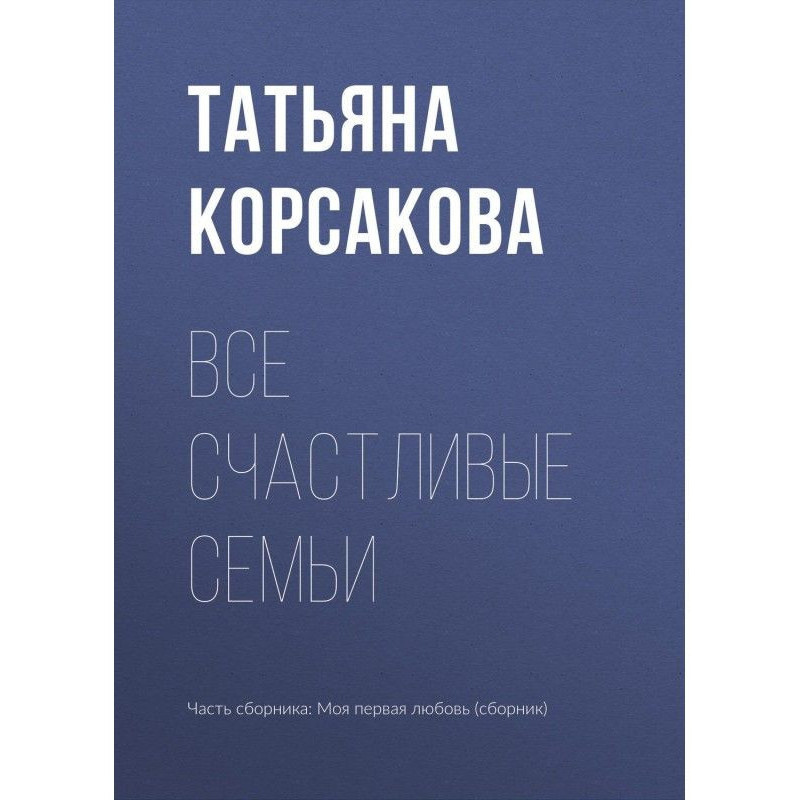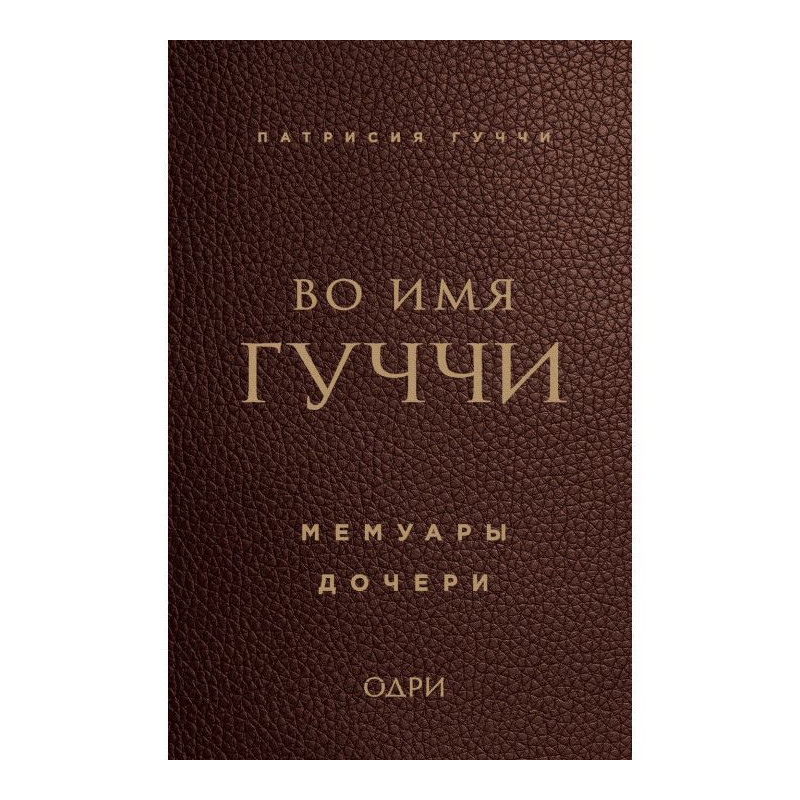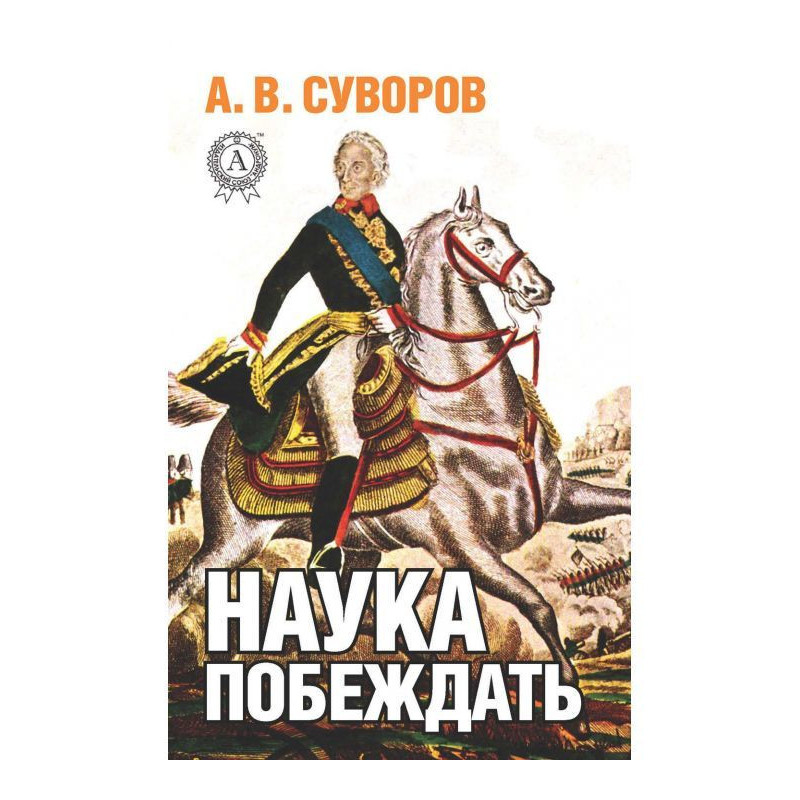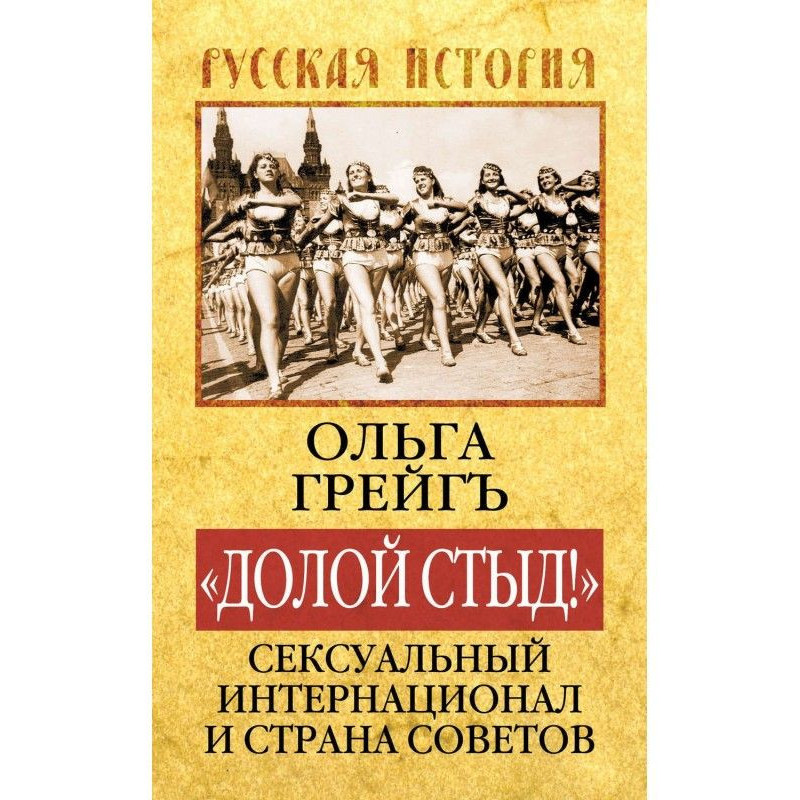Grave notes
 Instant download
Instant download
after payment (24/7)
 Wide range of formats
Wide range of formats
(for all gadgets)
 Full book
Full book
(including for Apple and Android)
“Grave Notes” is one of the masterpieces of Western European literature, the French analogue of “Past and Thoughts”. Chateaubriand portrays himself as an eyewitness to the French Revolution of 1789–1794. Empire, Restoration, Hundred Days, paints portraits of Mirabeau and Lafayette, Talleyrand and Napoleon, describes Niagara Falls and the Swiss Alps, London in 1794, Rome in 1829 and Paris in 1830... As a historian of his time, Chateaubriand is irreplaceable because he is original. But still, the main merit of the author of the “Grave Notes” is not simply the value of his historical evidence. The main thing is that Chateaubriand’s autobiographical book shows how individual human memory works, which is in constant interaction with the memory of the entire human culture, how individual consciousness masters and creatively transforms not only the impressions of momentary existence, but also the entire past of world history. The latest researcher emphasizes , that in his “grave” story Chateaubriand seems to be traveling through the kingdom of the dead (like Odysseus or Aeneas); It is not without reason that in the chapters about revolutionary Paris, the leaders of the Revolution are compared to “souls on the shores of Lethe.” Chateaubriand “mortifies” himself in order to revive the past. This conscious resurrection of what the 20th century writer Marcel Proust called “lost time” is Chateaubriand’s main contribution to world literature. For the first time in Russian.
On the cover is a Portrait of F. R. Chateaubriand by Achille Deveria ( 1831).
Data sheet
- Name of the Author
- Франсуа Шатобриан Рене де
- Language
- Ukrainian
- Release date
- 1995
- Translator
- Вера Аркадьевна Мильчина
Ольга Эммануиловна Гринберг
Reviews
Шедевр, що відкриває нові горизонти людської пам'яті
«Замогильні записки» – це не просто книга, а справжня подорож у часі, яка дозволяє читачеві зануритися в епоху французької революції та побачити події через призму особистих переживань автора. Шатобріан, як майстер слова, зумів передати атмосферу тих буремних років, описуючи не лише політичні події, а й емоції, переживання та думки людей, які стали свідками історії. Його автобіографічний стиль дозволяє читачеві відчути глибину індивідуальної пам'яті, яка взаємодіє з колективним досвідом. Опис Ніагарського водоспаду та швейцарських Альп, а також портрети таких історичних фігур, як Мірабо та Наполеон, роблять цю книгу не лише історичним свідченням, а й художнім твором, що змушує замислитися про природу пам'яті та ідентичності. Хоча переклад може містити деякі недоліки, зміст і глибина думок Шатобріана варті того, щоб їх прочитати. Це книга, яка залишає слід у серці та розумі, і я б рекомендував її всім, хто цікавиться історією, літературою та філософією

